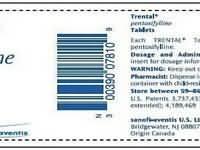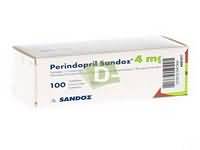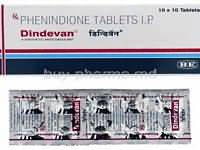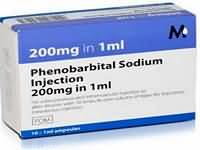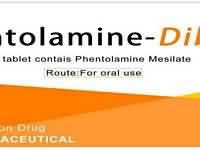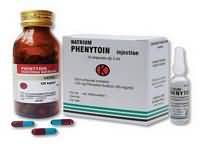tramadol hydrochloride

CLINICAL USE
Analgesic
DOSE IN NORMAL RENAL FUNCTION
Oral: 50–100 mg up to 4 hourly; maximum 400 mg daily IM/IV: 50–100 mg every 4–6 hours; total daily dose 600 mg
PHARMACOKINETICS
Molecular weight : 299.8 %Protein binding : 20 %Excreted unchanged in urine : 90 Volume of distribution (L/kg) : 163–243 litres half-life – normal/ESRD (hrs) : 6/11 DOSE IN RENAL IMPAIRMENT
GFR (mL/MIN)
20 to 50 : Dose as in normal renal function 10 to 20 : 50–100 mg every 8 hours initially and titrate dose as tolerated <10 : 50 mg every 8 hours initially and titrate dose as tolerated DOSE IN PATIENTS UNDERGOING RENAL REPLACEMENT THERAPIES
CAPD : Unknown dialysability. Dose as in GFR <10 mL/min HD : Dialysed. Dose as in GFR <10 : mL/ min HDF/high flux : Dialysed. Dose as in GFR <10 : mL/ min CAV/VVHD : Dialysed. Dose as in GFR=10– 20 mL/min IMPORTANT DRUG INTERACTIONS
Potentially hazardous interactions with other drugs Anticoagulants: enhances effect of coumarins Antidepressants: possibly increased serotonergic effects with duloxetine; possible CNS excitation or depression with MAOIs and moclobemide – avoid concomitant use with MAOIs; increased risk of CNS toxicity with SSRIs or tricyclics Anti-epileptics: effect reduced by carbamazepine Antivirals: concentration possibly increased by ritonavir Atomoxetine: increased risk of convulsions Dopaminergics: use selegiline with caution Sodium oxybate: enhanced effect of sodium oxybate – avoid concomitant use ADMINISTRATION
Reconstition
– Route
IV, IM, oral Rate of Administration
Slow bolus or continuous IV infusion
/PCA Comments
– OTHER INFORMATION
Tramadol is a centrally acting opioid agonist which also acts on inhibitory pain pathways .
See how to identify renal failure stages according to GFR calculation
See how to diagnose irreversible renal disease
Home


